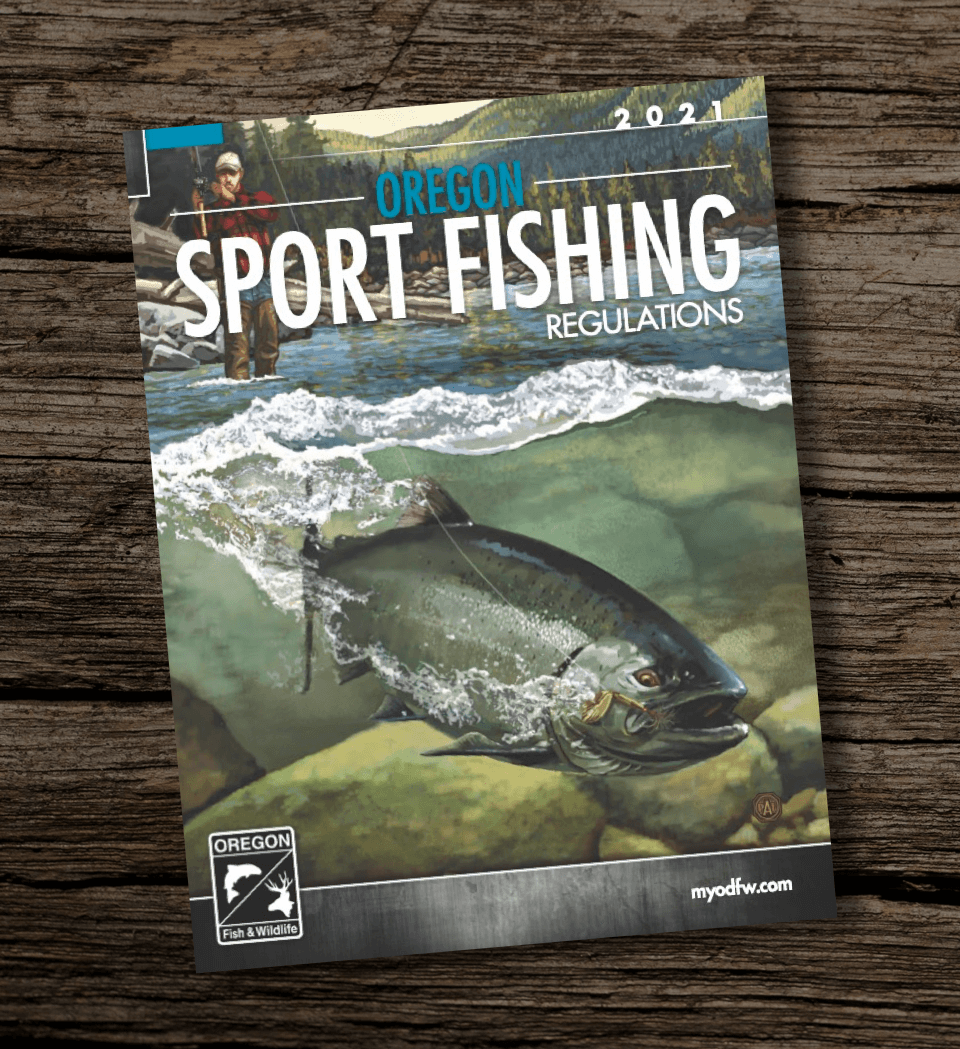


The Western Aspen Alliance, in collaboration with the United States Forest Service, is studying the tree in an effort to save it. Pando's long-term survival is uncertain due to a combination of factors including drought, human development, grazing, and fire suppression. Pando occupies 108 acres (43.6 ha) and is estimated to weigh collectively 6,000 tonnes (6,000,000 kg), making it the heaviest known organism. The plant is located in the Fremont River Ranger District of the Fishlake National Forest at the western edge of the Colorado Plateau in south-central Utah, United States, around 1 mile (1.6 km) southwest of Fish Lake. It was identified as a single living organism because its parts possess identical genetic markers and it is assumed to have a massive interconnected underground root system. Pando ( Latin for "I spread") is a clonal organism representing an individual male quaking aspen ( Populus tremuloides). Pando aspen grove at Fishlake National Forest


 0 kommentar(er)
0 kommentar(er)
